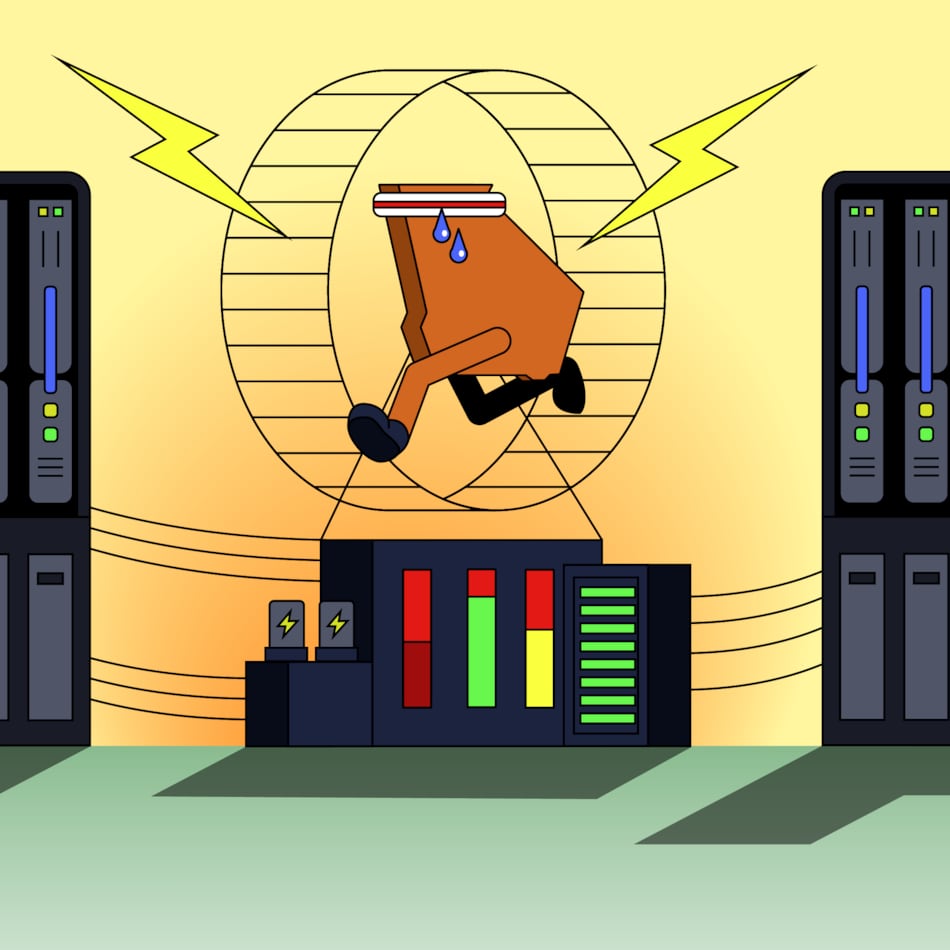Where in the world would Outback, a restaurant chain started in the United States in 1988, look to expand?
Well, Australia, for one.
The company realizes the notion sounds odd, said Howard Leigh, senior vice president and chief financial officer for Outback Steakhouse International.
"It was never on our list of places to go," Leigh said. "Why would you take coal to Newcastle? Why would you take oil to Saudi [Arabia]? Why would you take Outback to Australia?"
Outback Steakhouse International, though, has become accustomed to translating the American-made Australian concept to different cultures, including Australia.
OSI Restaurant Partners, the parent company, is headquartered in Tampa, but a small group in Atlanta has led international expansion and operations since 1995. About 20 people work out of a Buckhead office, traveling the globe to set up and help run Outback restaurants.
With its U.S. growth slowing, international markets have become increasingly important for Outback. Since 2005, the number of Outback's international outlets has risen 24 percent to 174 restaurants. In that same period, domestic units have risen 3 percent to 796 units.
Outback's strongest international markets have been South Korea, where it has 102 units, and Brazil, where it has 24 restaurants, Leigh said. It has four restaurants in Australia, which it entered about five years ago, and expects to open a fifth within the next three months, he said.
An Outback abroad looks much the same as a U.S. restaurant, and about 80 percent of the menu is the same, Leigh said. Guest traffic patterns and ordering, though, vary greatly, he said.
In Brazil, for example, 55 percent of sales come at lunch. In the United States, dinner is, by far, the largest mealtime for sales. In South Korea, Toowoomba Pasta, fettuccine with shrimp and cream sauce, is the most popular entree on the menu. In the United States, it's the Outback Special, a sirloin steak.
The chain has taken great care as it expands in Australia, Leigh said. Outback has double-checked menu references to make sure they apply, he said. Botany Bay, for example, might be used as a name on U.S. menus for seafood, but in Australia, the body of water is well-known for oil refineries, Leigh said.
Outback Australia also uses more authentic memorabilia to decorate restaurants, Leigh said. "It might be a piece of well-known artwork from Australia that the locals recognize."
International expansion has become a major focus for casual, full-service dining chains, such as Outback and competitors T.G.I. Friday's and Chili's, said Darren Tristano, executive vice president of Technomic, a Chicago-based restaurant research and consulting firm.
Facing a difficult U.S. economy, chains see opportunity in international markets, Tristano said. None of the casual, full-service chains, though, have emerged as strong players abroad, he said.
International markets present a host of challenges —- establishing a supply chain, finding local licensing or franchising partners and adjusting the concept to meet local tastes.
"In many cases, what works in the United States is not always adaptable to other cultures and other cities," Tristano said.
International markets are promising but can be challenging to assess, said Leigh, who previously worked in Coca-Cola Co.'s and Marriott's international operations.
While growth overall is up over the past five years, Outback closed two restaurants last year in the United Kingdom and nine earlier this year in Canada.
Europe is a difficult market because of high labor and food costs, Leigh said. Outback's overall results in Canada were hurt by poor-performing restaurants in an area near Detroit, he said.
Australia and Brazil are likely to continue to be areas of growth for Outback, Leigh said. It also has a deal to expand in the Middle East, he said.
An Outback will open in September in Cairo, Egypt, followed by two more in October in Riyadh, Saudi Arabia, and Dubai, UAE.
The Riyadh store has introduced a whole new set of challenges, including the need for "mocktails" because alcohol isn't permitted, as well as a different layout.
"It's the first time we've designed a restaurant in two halves —- one for the men's section and one for the family section," Leigh said.
Outback International
Outback has been looking to international markets as domestic growth has slowed.
Domestic International
units
units
Q1 2009 796 174
2008 796 182
2007 795 178
2006 786 162
2005 775 140
2004 756 125
2003 723 102
2002 698 86
Source: SEC filings
About the Author
Keep Reading
The Latest
Featured


